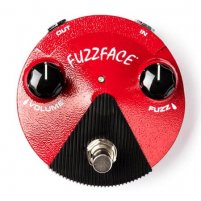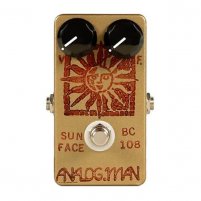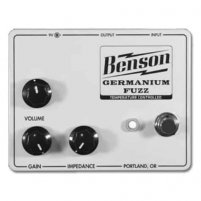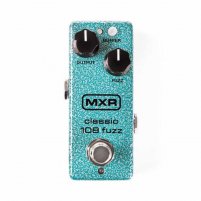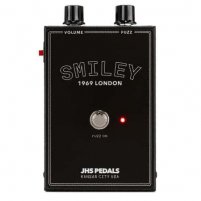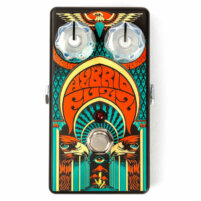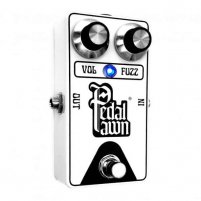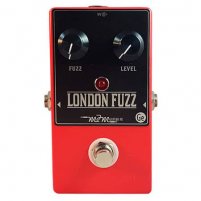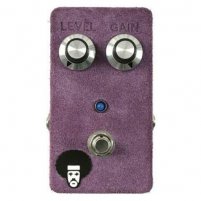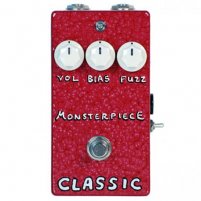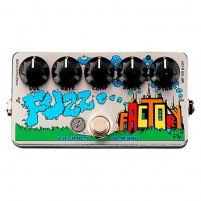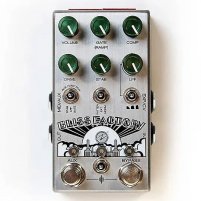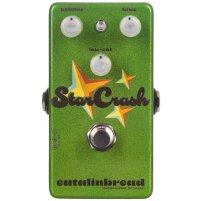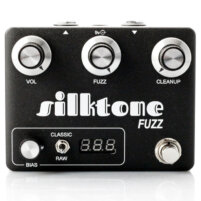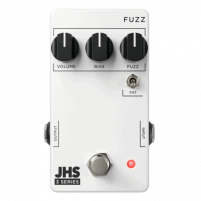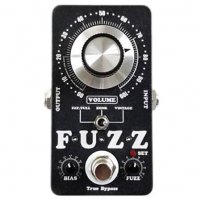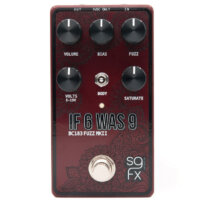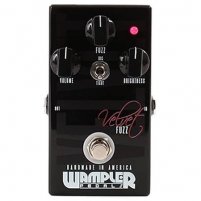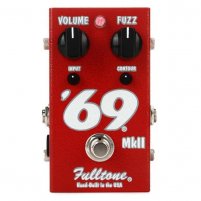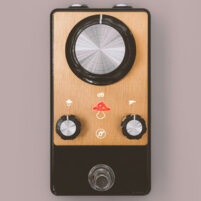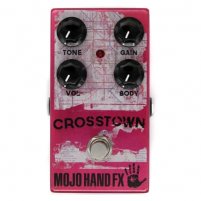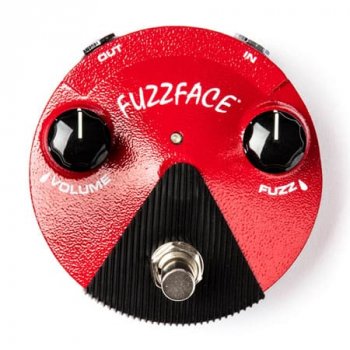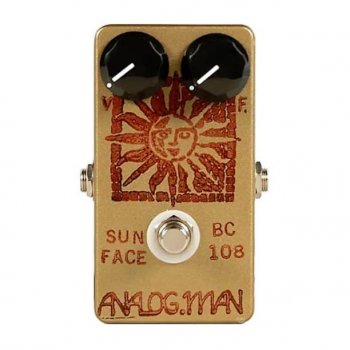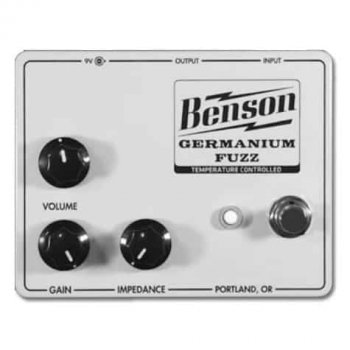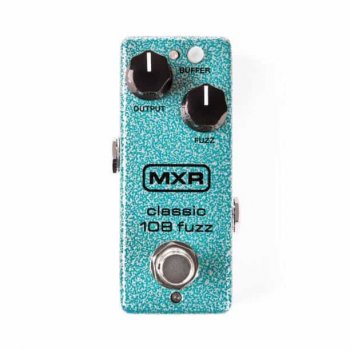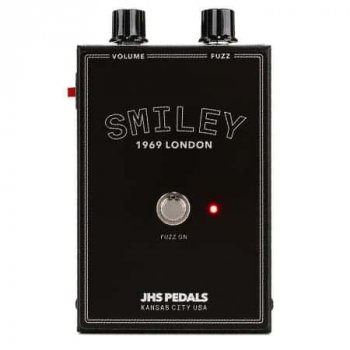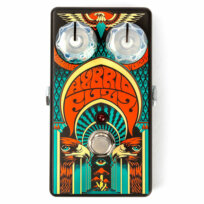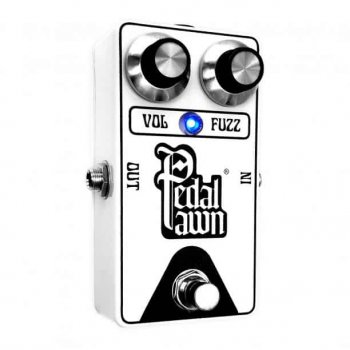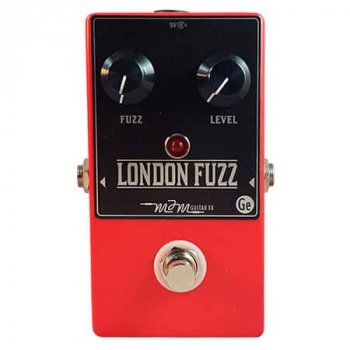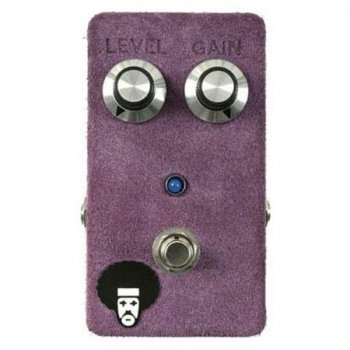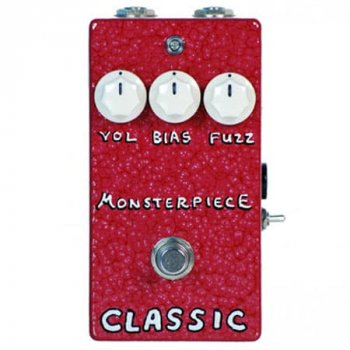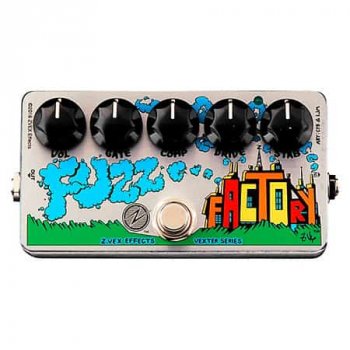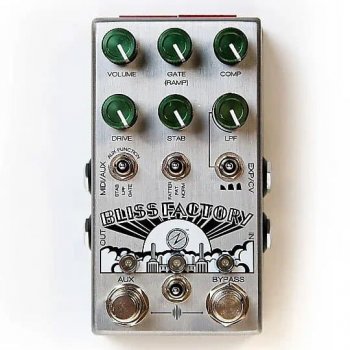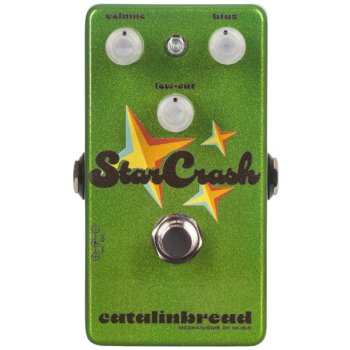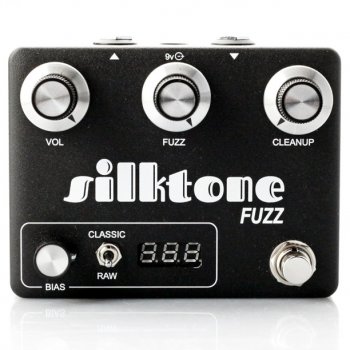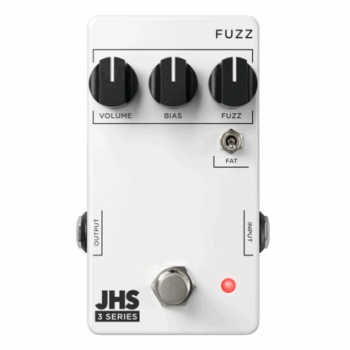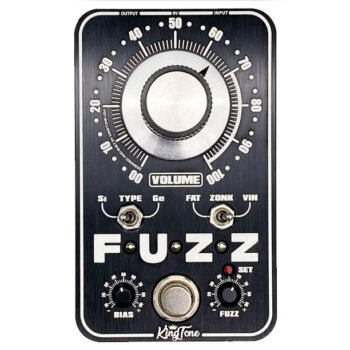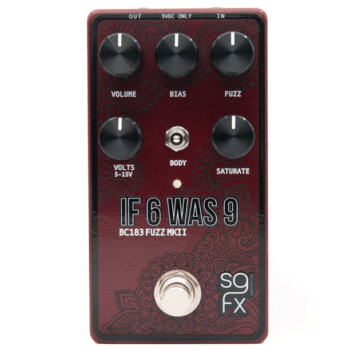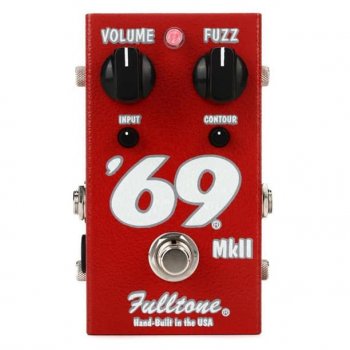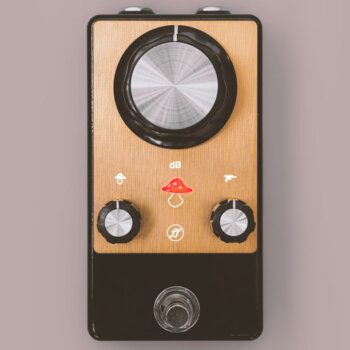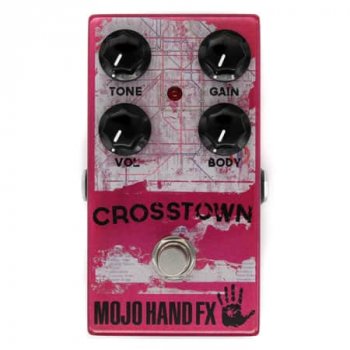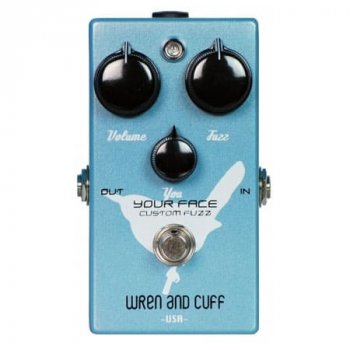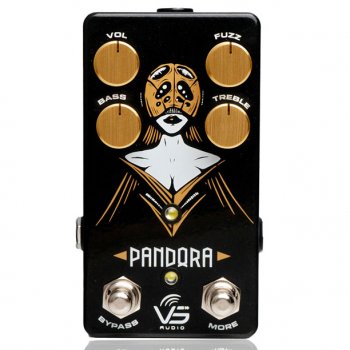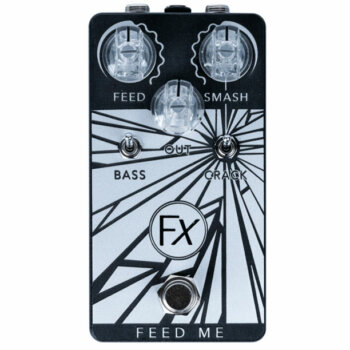
Lists updated on June 1st, 2023.
| Click here to Quickly Compare the Pedals in this article |
As you may have noticed, the stompbox market is inundated with Fuzz pedals. If the Big Muff (click link for a sample of its gazillion versions, clones and evolutions) is the most popular device in this effect niche by far, the Fuzz Face deserves to sit proudly on the fuzzy podium, with its more nuanced and dynamic sonic behavior at different gain levels.
A Brief History of the Fuzz Face
| Click here to expand/shrink this section |
How We Compiled this Fuzz Face List
Let it be known that we do not claim to have the final word on the best Fuzz Face pedals ever made. This article is simply compiling recent reputable lists from the internet that rank fuzz pedals. Some editorial license was taken when deciding what order to put these in, simply because there are very few articles that rank Fuzz Faces in particular; most just cover fuzzes in general. All of these pedals will give you the Fuzz Face sound, it is up to you to decide how close you want to stay to the original design, and how boutique you want to go.
—
Without further ado then, here are 18 of the best Fuzz Face pedals, divided into two lists: Clones and Evolutions.
The Best Fuzz Face Pedals (and Clones)
1 Dunlop Mini Fuzz Face
The original Fuzz Face was not exactly pedalboard-friendly, but Dunlop has shrunk the exact same circuit down to fun size for modern use. These come in several varieties, including germanium, silicon, Hendrix signature and Joe Bonamassa signature models. Purists can also still purchase the OG big case version.
2 Analogman Sun Face
One of the most widely loved and vintage-accurate Fuzz Face pedals, the Sun Face is hand-made to order and has a bevy of NOS transistor options available, from germanium BARTs (Big Ass Russian Transistors) to the classic BC108 silicon transistors. Unfortunately, Analogman ran out of the famous NKT275 germanium transistors last year, and these pedals are now fetching insane sums on the used market. Keep checking back though, because you never know when Analog Mike will unearth another batch of rare transistors!
3 Benson Germanium Fuzz
The brand-new pedal from Benson is nothing short of a game-changer. This fuzz of the future will automatically regulate its own internal temperature to ensure that the bias of the famously unstable germanium transistors is always set at an appropriate level. In addition to its reliability, the pedal comes with a buffer and passive pickup simulator, which allows it to be placed anywhere in your signal chain, even next to a wah. With this pedal, Benson has solved all the issues that come along with a vintage germanium Fuzz Face, with zero downsides.
4 MXR Classic 108 Mini
The vintage quirks of the Fuzz Face make it notorious for not playing well after wahs or buffered pedals. MXR solves this problem by taking the exact Dunlop silicon Fuzz Face circuit and adding a buffered bypass option to it. This way you can place your fuzz anywhere in your signal chain without fuss, and get creative by combining it with modulation and time-based effects.
5 JHS Pedals Smiley
The Smiley is part of JHS’ Legends of Fuzz lineup, and accurately replicates the sound of a 1969 silicon Fuzz Face from Josh Scott’s personal collection. True to the original, it has a two-knob layout, but also includes a “JHS mode” switch which cranks up the gain to extreme levels, where the fuzz will start to sputter and gate.
• MXR Hybrid Fuzz
A two-knob Fuzz Face-inspired pedal that integrates into a single circuit the original’s silicon transistor, known for its aggressive and snarling high-gain tone, with the smoothness and warmth of a germanium transistor (found in later interactions of the Fuzz Face), delivering a multi-faceted fuzz/distortion pedal with just Output and Fuzz controls.
6 Pedal Pawn Fuzz
A modern, high-end take on the Fuzz Face from the UK, hand-built with the goal of being an “end-all” version of that circuit with an emphasis on fatness at high gain levels and glassy clean-up when rolling back the guitars volume knob. It features a temperature tolerant circuit that allows for a more uniform response.
7 MJM London Fuzz Classic
This faithful Fuzz Face replication is a modern classic that uses NOS transistors and comes in germanium and silicon varieties. You have the option of a two-knob or three-knob layout with a bias pot for more tonal control and aggression. A boutique-quality pedal that doesn’t cost all that much more than the Dunlop minis.
8 Jam Pedals Fuzz Phrase LTD
About as boutique as you can get, the suede-enclosed Fuzz Phrase justifies its price tag with hand-wiring and rare military-spec CV7003 germanium transistors, which are more stable and heat resistant than the famous NKT275. Jam Pedals themselves are running out of these transistors, so this pedal won’t be around forever, at least not in this incarnation. In 2024, Jam unveiled also a Silicon version of this same circuit, the Fuzz Phrase SI.
9 Foxrox Hot Silicon2
We would be remiss not to mention Dave Fox, who was responsible for the creation of the first Fuzz Face reissue in the 1980s. His Hot Silicon is a replica of the very reissue he designed for Crest electronics (formerly Dallas Arbiter) in 1986. He also makes the CCHybrid, based on a classic Fuzz Face but with one silicon and one germanium transistor for the best of both fuzzy worlds.
10 Monsterpiece Classic Fuzz
A super simple take on the original germanium Fuzz Face, the only differences being an internal bias trim pot and a resistor with a slightly different value to add more volume output. Straight to the point, vintage-accurate, affordable and couldn’t be easier to use.
—
—
The Best Fuzz Face Style Evolutions (Extra Features)
• ZVEX Fuzz Factory Vexter Series
The Fuzz Factory on a list of Fuzz Face style pedals? Yes, they are different animals, but Zachary Vex created his original design by replacing the resistors on a Fuzz Face with four potentiometers, as well as adding a preamp and a third transistor. The result was an entirely unique fuzz that squealed and ripped like velcro and went on to become one of the most famous boutique pedals ever. The Vexter series contains the exact same circuit as the hand-painted version at a more affordable price point. Check out also the 2020 Bliss Factory, an uber-tweakable collaboration with Chase Bliss Audio.
• Chase Bliss Audio Bliss Factory
ZVEX’s most well-known creation gets the Chase Bliss treatment. All the controls of the classic Fuzz Factory are here, plus a new resonant low pass filter knob, and two three way toggles for fattening up the tone and setting auxiliary knob functions. In classic Chase Bliss fashion, any parameter can be saved to a preset, and controlled by midi or expression pedal using the dip switches on the back. It isn’t cheap but this is probably the most versatile fuzz pedal on the market.
• Catalinbread StarCrush
A Fuzz Face evolution that baldly removes the fuzz knob (keeping that value maxed out). The Volume (out) knob allows pushing the front end of the amp to facilitate the sweet interaction between fuzz and a saturated amp. The Bias control, entirely foreign to the original Fuzz Face circuit, starves the circuit producing, at lower settings, all sorts of velcroy and spitty tones, and smooth classic vintage tones in the higher positions. A low-cut filter, finally, removes the bass frequencies between 30Hz and 500Hz, delivering extra options for brighter and more mid-focused tones.
• Silktone Germanium Fuzz
A Germanium Fuzz Face-inspired circuit with a Bias knob (aka “Active Bias Monitor”), that allows the player to precisely set the voltage the circuit is fed, which opens up a wide range of classic fuzz tones (from Gated, to Vintage to Fat and Sticky). A Classic/Raw toggle changes the bias ratio and bass filtering , delivering fatter tones in Raw mode. The cleanup knob cleans up the tone for overdrives or clean boost sounds.
• JHS 3 Series Fuzz
This entry into the JHS $99 pedal lineup features the familiar volume and fuzz controls of the Fuzz Face but adds a bias control, which can starve the voltage going to one of the transistors to enable some chaotic gating sounds. It also comes with a “Fat” switch for thickening up the low end of your signal and like a good Fuzz Face, it cleans up with the volume knob of your guitar.
• Kingtone miniFUZZ V2
This tone machine uses the highest quality components and comes with tons of tweakable options so that you can capture any classic fuzz sound you’re looking for, including a Germanium/Silicon diode switch. The huge volume control allows you to crank the pedal onstage with your foot while the bias knob lets you starve the voltage for extra spittiness. The three-way toggle switch lets you choose between Fat/Full for smooth muff-type sounds, Zonk for hairy bender-style, and Vintage for a mid-focused Fuzz Face-style tone. On top of all that you get six DIP switches on the side for extra tweaking.
• SolidGoldFx If 6 Was 9 MKII
This take on the Fuzz Face uses silicon BC183 transistors, which are considered to be less scooped and muddy than germanium transistors, but not quite as harsh and jagged as other silicon options. It features three voicings through the Body toggle (Fat, Treble Boost, and Classic) and also includes several controls to change the character of the fuzz through voltage Bias and Voltage, and a Saturate control that trims the circuit’s input for better cleanup, signal chain integration, or impedance matching.
• Wampler Velvet Fuzz
Brian Wampler, like Jimi Hendrix, understands that Fuzz Faces just happen to sound better when played through Marshall stacks. So he took his famous Plexi Drive pedal and combined it with a Fuzz Face circuit to give everyone access to that legendary pairing of gear. The Velvet fuzz adds to the original Fuzz Face design with a brightness control and two custom clipping options, Fat and Tight.
• Fulltone ’69 MkII
Mike Fuller’s ’69 is a Fuzz Face clone that stays true to the original design but with two extra knobs that allows you to vary the input impedance and midrange contour. The ’69 MKII puts the same matched germanium transistor circuit into a smaller box. Fulltone also makes the ’70 mkii, a silicon version of the Fuzz Face that uses BC108 transistors.
• Fjord Fuzz Berserk V2
V2 of this pedal by the Norwegian fuzz-erudite builder is a complete redesign of the Tone Bender and the Fuzz Face-inspired original that achieves similar sounds, yet improved, with fewer controls, now reduced to 3 knobs only: Gain (the big one), Thickness and Volume. It offers reduced low-end compression compared to a traditional Fuzz Face style circuit, but much higher output as well as more pronounced top-end fidelity.
• Mojo Hand FX Crosstown Fuzz
This hybrid Germanium/Silicon fuzz is highly tweakable to account for any environmental changes that could affect your fuzz. Comes with an internal bias pot, as well as a Tone knob that increases the treble output level, and a Body knob that increases the bass before the gain stage.
• Wren and Cuff Your Face 60’
A company that is known for its rare Muff clones, Wren and Cuff also make stellar versions of the germanium and silicon Fuzz Faces. Many of the issues with classic Fuzz Faces are remedied, such as low volume output and uneven gain range on the fuzz knob. The Your Face pedals also come with an internal bias pot and a low-cut knob for cleaning up any muddiness.
• VS Audio Pandora
A highly modified, dual gain, analog circuit featuring a hand-selected NOS AC125 Germanium Transistor that allows for a much broader sonic palette than the original, while maintaining its vintage tone. The active Bass and Treble knobs can sculpt the tone subtly or radically with their +/- 20dB of boost, while the separate More footswitch is a separate clean boost circuit that can add volume into the fuzz or also to your clean signal when the fuzz is turned off.
• Anasounds Feed Me Mk3 Fuzz
A Fuzz Face evolution that does also gated fuzz sounds and that can be purchased built or in an easily moddable DIY Kit. The Crack toggle switch transforms the circuit into a gated fuzz, with the Smash control altering the supply voltage from 0 to 3.8V, delivering spitty, supercompressed, “dying battery” tones. Engaging the Bass togglewill slightly tame the low end. Internal trim pots allow to fine-tune the bias of the transistors, which is originally adjusted for an open and dynamic fuzz, and the gain of the fuzz, from creamy to raw fuzz tones.
Explore Newer Fuzz-Face-Style Pedals on Delicious Audio
Explore All Kinds of Fuzz Pedals on Delicious Audio
Useful and Interesting Videos about the Fuzz Face
History of the Fuzz Face – British Guitar Gear Series
JHS Pedals: How to Modify a Dunlop Fuzz Face (+ History of the Fuzz Face)
Fuzz Face Mini Silicon vs Germanium shootout
Big Muff vs. Fuzz Face Shootout
Vintage Vs Modern Fuzz face Pedals… is there a difference?















